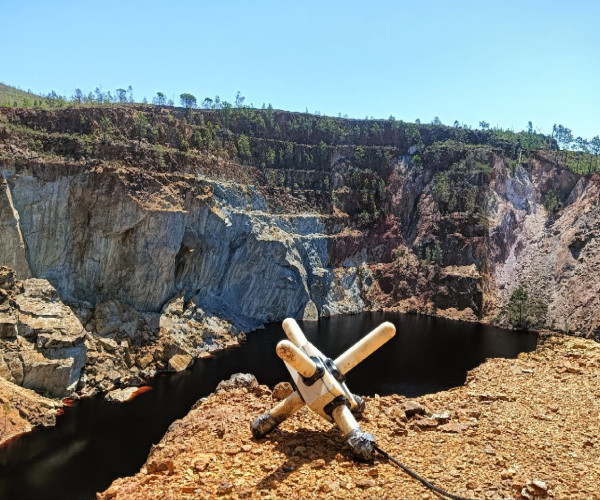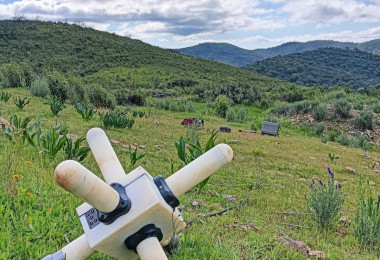
TIME DOMAIN ELECTROMAGNETICS
Electromagnetic (EM) surveys used in the mining industry are a type of active geophysical method, it employs a controlled-source electromagnetic field, normally with a square cable loop that generates a transient or quasi-static EM field, which is subsequently modified by the electrical properties of subsurface formations. Array of receivers capture the induced field variations on a time series, and advanced processing and inversions produce detailed conductivity models and targeting. According to transmitter and receiver position, several configurations of these methodology can be made. Depending on the receiver type, magnetic field can be recorded or its variation with time. Its main advantages are the high-resolution imaging, mostly in complex environments and its depth of investigation. It is a reliable screening tool that integrates well with other geophysical datasets to enhance subsurface modeling.











